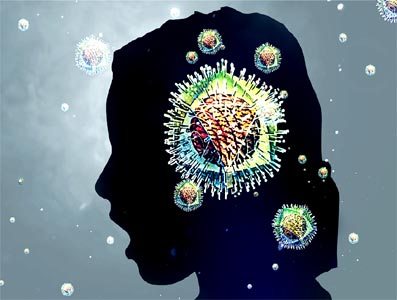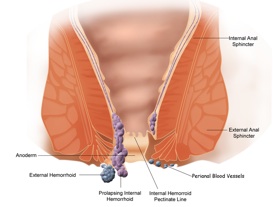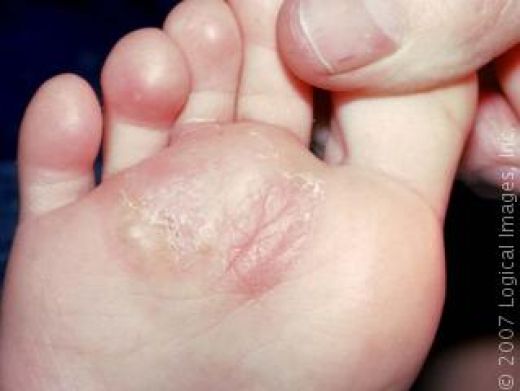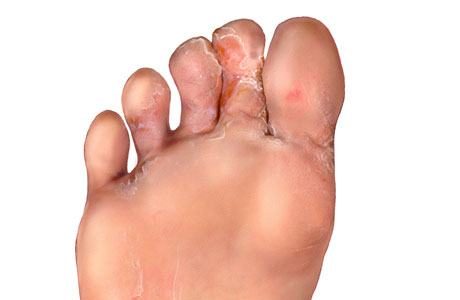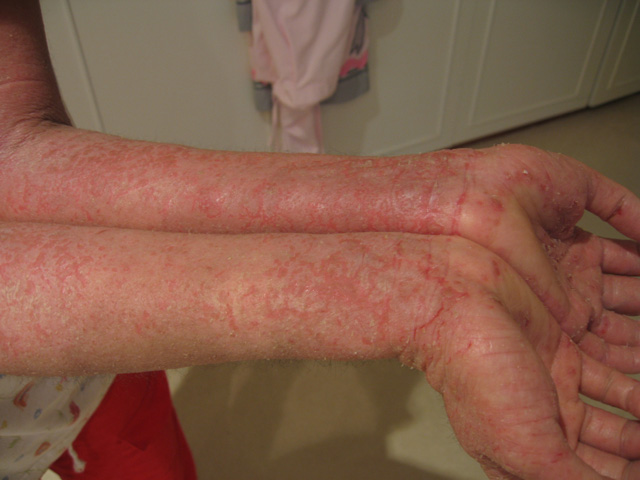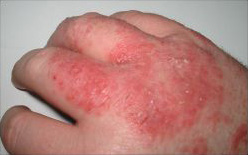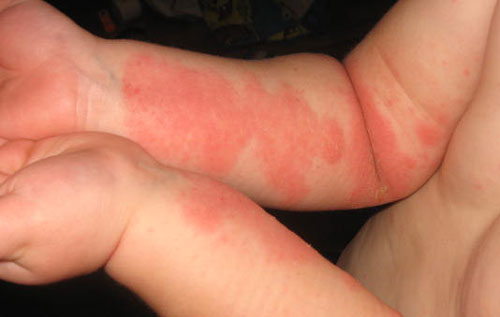Ringworm of the body is one of many forms of the fungal infection known as ringworm, which is known to develop on the outermost layer of the skin. Its main characterization is a red rash that is itchy and shaped like a circle, with a patch of normal looking skin within it.
It is this characteristic and classic ring that may appear that provides ringworm with its name, though this has nothing to do with anything involving any real worms beneath the skin.
Also known as tinea corporis, ringworm of the body is in close relations with other similar fungal infections that also have names in a similar vein, such as:
- Athlete’s foot, or tinea pedis. This fungal infection is found between the toes when moist and occasionally may be found on the foot, as well.
- Jock itch, or tinea cruris. This fungal infection is found on the genitals, the buttocks and the inner upper thighs.
- Ringworm of the scalp, or tinea capitis. This fungal infection is usually found in children and is characterized by itchy red patches on the head, which leave bald patches.
Symptoms of Ringworm of the Body
The symptoms and signs of ringworm include:
- A flat, round patch of skin that is also itchy;
- A circular shaped rash on the skin that is inflamed around the edge and red, with a healthy, normal looking patch of skin in the middle of the rash; and
- A slightly raised and expanding ring of red and scaly skin that is on the trunk or the face.
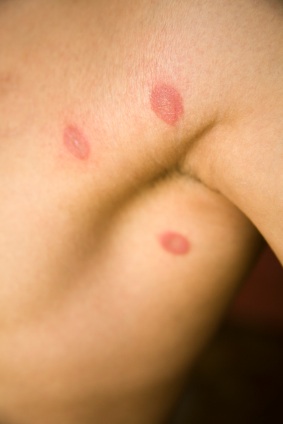
It is possible to have more than one patch of ringworm show up on the skin, and it is equally possible for the red rings or the patches to overlap one another. Also, a person is capable of being infected with tinea without displaying any commonly known red rings of ringworm.
When to See a Doctor
A doctor should be notified if there are any rashes on the skin that does not appear to be improving after two weeks have passed. This may mean that prescription medication is needed. If there is excessive swelling, redness, drainage or fever, then the doctor should be notified immediately.
Causes of Ringworm in the Body
With ringworm, in the same fashion as all other fungal infections, it is easy to contract the condition from microorganisms which act as parasites onto the body. This mold like fungi, or these dermatophytes, live on the outermost layer of the skin, on top of the cells.
Ringworm is a contagious condition and is capable of being spread in several ways, including:
- Human to human; it is possible to, and it is the most common to, spread ringworm by coming in direct skin to skin contact with a person who is infected with ringworm.
- Animal to human; animals may spread ringworm when infected if they are touched directly, meaning it is possible to spread the disease when the animal is being pet or being groomed. It is possible for humans to contract ringworm from dogs, cats, rabbits, ferrets, pigs, goats and horses.
- Object to human; like the two previously mentioned methods, ringworm can be spread when touching objects or surfaces that have recently been touched or rubbed against by either an infected person or an infected animal, such as towels, clothing, bedding and linens, brushes or combs.
- Soil to human; it is very rare that a person would contract ringworm from infected soil, but the case is not unheard of. Most likely, infection would only occur when a person has prolonged contact with soil that is very much and very highly infected.
Risk Factors For Ringworm of the Body
Those who are at a higher risk of developing ringworm on their body are those who:
- have had close contact with infected animals or infected people;
- live in a humid, damp or a crowded place;
- share clothing, towels or bedding with a person who is suffering from a fungal infection;
- sweats excessively and profusely;
- wears restrictive or tight clothing;
- regularly participates in a contact sport, such as rugby, football or wrestling; or
- have a weakened immune system for any reason.
Complications of Ringworm on the Body
A fungal infection very rarely ever spreads beneath the surface of the skin, meaning that it very rarely is likely to cause any kind of serious illness. However, people who suffer from a weak immune system, such as those who have HIV, AIDS or have undergone chemotherapy, may not find it very easy to be completely rid of the fungal infection.
Preparing for the Appointment with a Doctor
A family doctor or a dermatologist, who specializes in skin, is capable of diagnosing the condition of ringworm of the body. However, there is plenty of ground to cover and time is limited due to the brief nature of appointments, it is recommended to be well prepared before actually going to the office. This section aims to cover a few tips in order to help a person be ready for their appointment with their doctor as well as what they may expect when they check in.
What Can Be Done
The time that will be spent with the doctor is limited, which means that it is ideal to first prepare a list of different question that should be asked so that a person can make the most out of their appointment. In case time ends up running out, it is recommended to order the questions so that they are listed from the most important to those that are not as important. To ask about ringworm, these questions may be beneficial to ask the doctor at the appointment:
- What might be the cause of these symptoms and signs?
- Are there any tests that need to be done to confirm the diagnosis?
- What is the best method of action to treat this condition?
- Is this particular condition a temporary one or a chronic one?
- Is there any generic alterative to the medication that is being prescribed?
- Is there any way that time will make the illness go away on its own?
- What measures can be taken to ensure that this infection does not spread to anybody else?
- What are some routines for skin care that come recommended while this infection heals itself?
What to Expect From the Doctor
The doctor will probably have a list of questions of his or her own, such as:
- When were these symptoms first noticed?
- When the rash first started, what did it look like?
- Is the rash itchy or painful?
- If anything, what makes the rash feel better?
- If anything, what makes the rash feel worse?
- Are there any pets or family members who already have been diagnosed with ringworm of the body?
Tests and Diagnosis for Ringworm of the Body
The doctor is capable of determining whether or not ringworm is present or if any other skin disorders are present, such as atopic dermatitis or psoriasis. He or she will probably ask whether or not the person has had any exposure to any potentially contaminated areas or come into contact with anybody or any animals who have recently been diagnosed with ringworm.
To test, the doctor may opt to take skin scrapings or to take samples from the area that is infected and proceed to investigate them underneath a microscope. In the event that the sample taken is shown to have fungus, then the treatment will likely include an antifungal medication.
However, if the test fails to show fungus but the doctor still retains suspicions about whether or not ringworm is present, the sample may instead be sent over to the laboratory for further testing. The testing performed will be known as a culture. The doctor may also choose to order a culture in the event that the condition decides not to respond to the provided treatment.
Treatments and Drugs for Ringworm
In the event that the ringworm of the body is severe, covers a significantly large area, or simply refuses to respond to any over the counter medications, then it may become necessary to take topical, prescription strength medications, or an oral medication, such as a pill, tablet or a capsule. Several different options are made available, such as:
- Topical
- Butenafine (Mentax)
- Ciclopirox (Loprox)
- Econazole
- Miconazole (Monistat-Derm)
- Oxiconazole (Oxistat)
- Terbinafine (Lamisil)
- Oral
- Itraconazole (Sporanox)
- Fluconazole (Diflucan)
- Ketoconazole (Nizoral)
- Terbinafine (Lamisil)
Side effects may occur from the oral medications, such as rash, gastrointestinal upset and abnormal functioning of the liver. Other medications that may be taken, such as an antacid therapy for treating ulcer disease or treating gastroesophageal reflux disease may prove to interfere with how well the ringworm of the body treatment is absorbed.
Additionally, when taking an oral medication for ringworm of the body, it may alter how effective warfarin is, which is an anticoagulant drug used to decrease the ability to clot within the blood.
Lifestyle and Home Remedies For Ringworm
In a mild instance of ringworm of the body, it is possible to apply an antifungal over the counter lotion, ointment or cream. Usually, the majority of fungal infections will respond generally well when these topical agents are applied, which may include:
- Clotrimazole (Lotrimin AF, Mycelex)
- Miconazole (Micatin)
- Terbinafine (Lamisil)
- Tolnaftate (Tinactin)
To apply, first wash and dry the area that is affected. Follow by applying a thin layer of the purchased topic agent either once or twice a day and maintain this treatment for at least two weeks, or follow the directions as indicated on the package. If, after four weeks, there does not appear to be any improvement, notify a doctor.
Prevention of Ringworm
It is difficult to prevent the contraction of ringworm of the body because the fungus that can be blamed for causing it is both common and contagious well before the symptoms for it start to appear. However, it is possible to effectively reduce the risk by following a few simple steps:
- Educate others and know what the risks are of ringworm of the body from infected people or pets. Tell children about this condition, how to avoid the condition and what they should be on the lookout for.
- Always wash the hands often to keep clean and to avoid spreading any kind of infection. Make sure shared or common areas are always kept clean, especially in gyms, schools, locker rooms and child care centers.
- Try to always stay cool and dry. There is no reason to wear such thick clothing for prolonged periods of time when the weather is warm and humid, because this will only promote profuse sweating.
- Do not touch any infected animals.
- Do not share any person items.

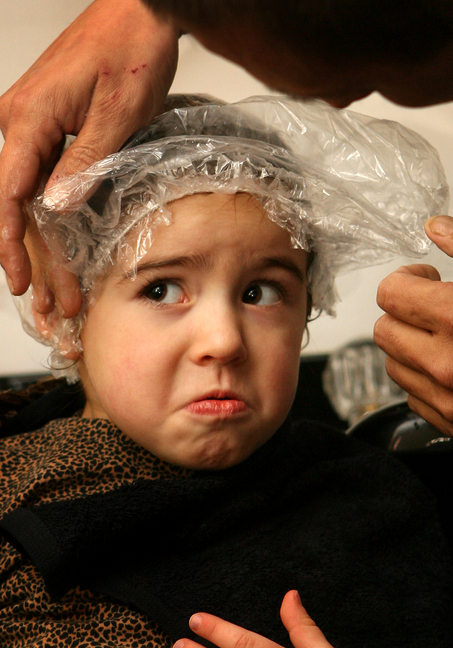
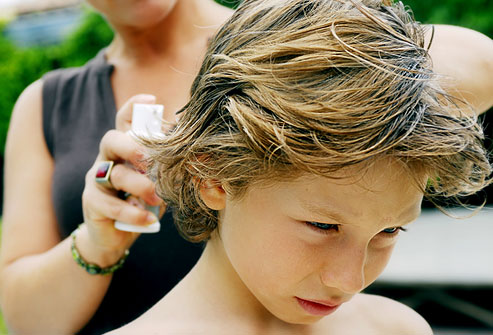
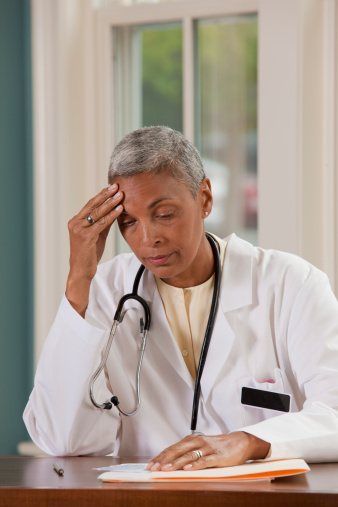
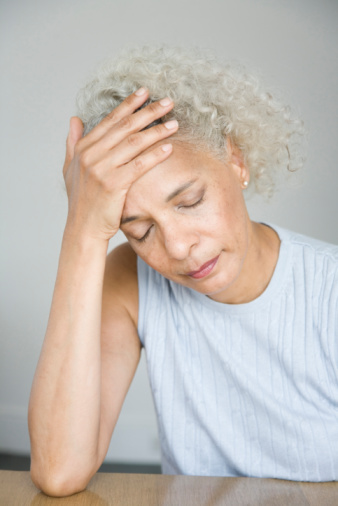
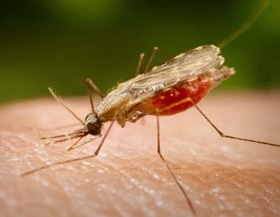
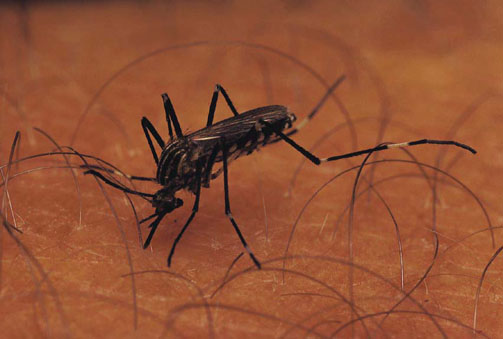
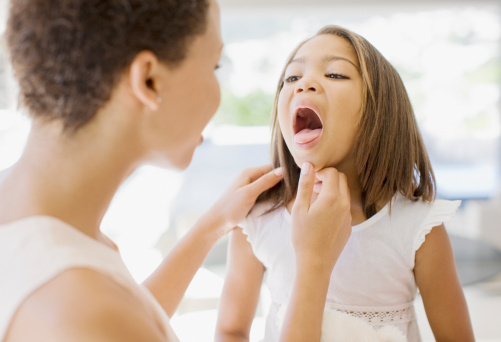
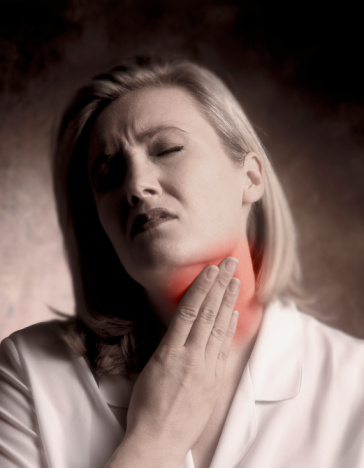

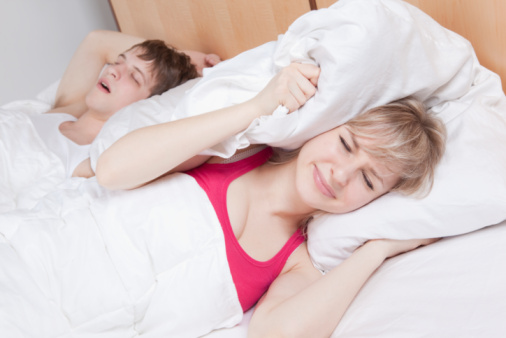 There are many herbal solutions to snoring. One of the most common herbs is household ginger.
There are many herbal solutions to snoring. One of the most common herbs is household ginger.